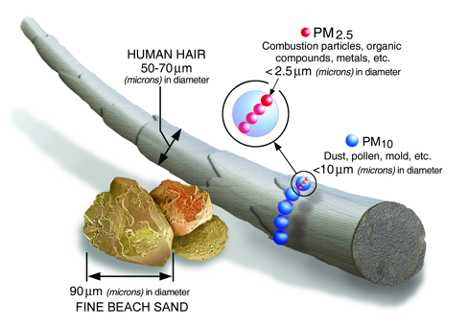
As a child, I would sometimes lie in bed and watch motes of dust floating in the morning sunlight. It fascinated me that the air, which I always thought of as “empty,” was teeming with millions of tiny particles. I wondered where they came from but didn’t think too hard about inhaling them with every breath.
Delivering good indoor air quality (IAQ) requires managing airborne particulate matter. Some particulates come from the outdoors, while others are generated inside the home. Some are solids, while some are droplets of liquid. A partial list includes:
- Hair and skin cells from humans and pets. An average human sloughs off about a pound of skin cells per year, and a portion of this ends up airborne.
- Dust mites, which feed on these dead skin cells, along with their shed body parts and excreta.
- Pollen (from trees, grasses, and herbs like ragweed) and mold spores (from fungal growth inside or outside the home).
- Fibers from paper, fabric, and carpeting.
- Dust from building materials such as paint, concrete, drywall, and insulation. In older homes, paint dust can include lead. Asbestos fibers may be present in dust from pipe and duct wrap, plaster, flooring, siding, and vermiculite insulation.
- Mineral dust from bare soil and gravel roads.
- Combustion by-products, including ash and soot. Common outdoor sources include vehicles, small engines, and wildfires; indoor sources include cooking (especially with propane and natural gas), smoking, and candles.
- Dust generated as vehicles’ brake pads and tires wear down.
Particulate matter comes in a range of sizes. Large particles like hair settle out quickly, while smaller particles can remain airborne for hours or days. Of particular concern are particles less than 2.5 microns in diameter (PM2.5), which can be drawn deep into our lungs.
Particulate hazards
Particulates are responsible for a wide…
Weekly Newsletter
Get building science and energy efficiency advice, plus special offers, in your inbox.

This article is only available to GBA Prime Members
Sign up for a free trial and get instant access to this article as well as GBA’s complete library of premium articles and construction details.
Start Free TrialAlready a member? Log in



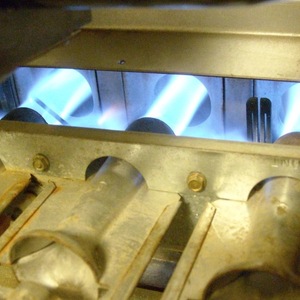

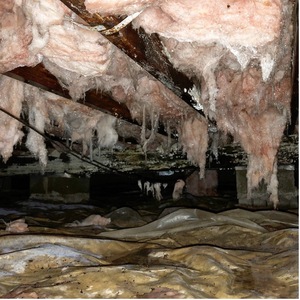

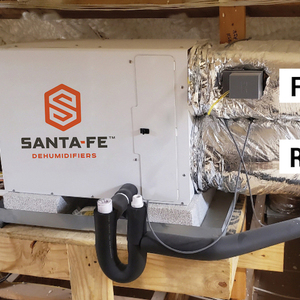
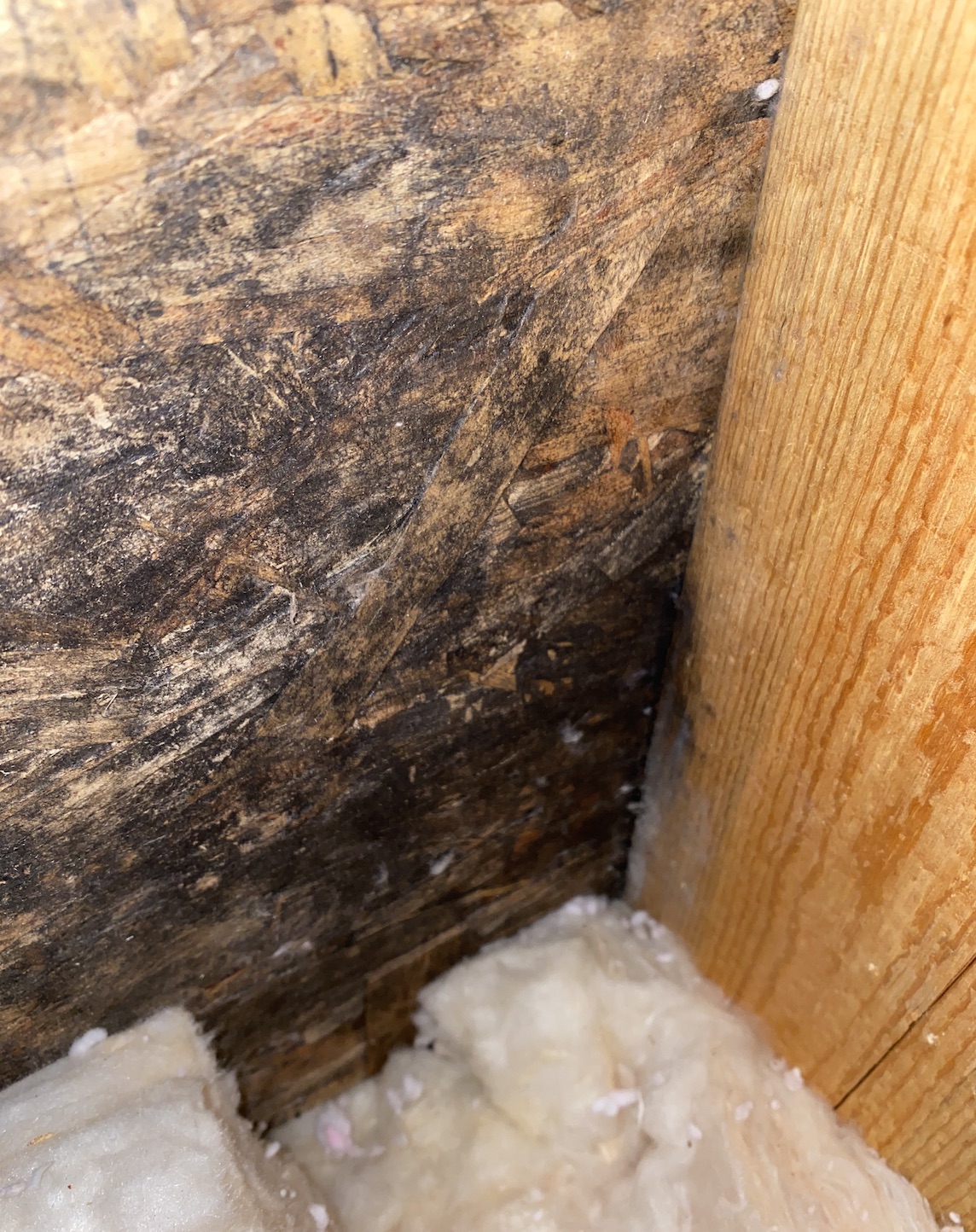






0 Comments
Log in or become a member to post a comment.
Sign up Log in